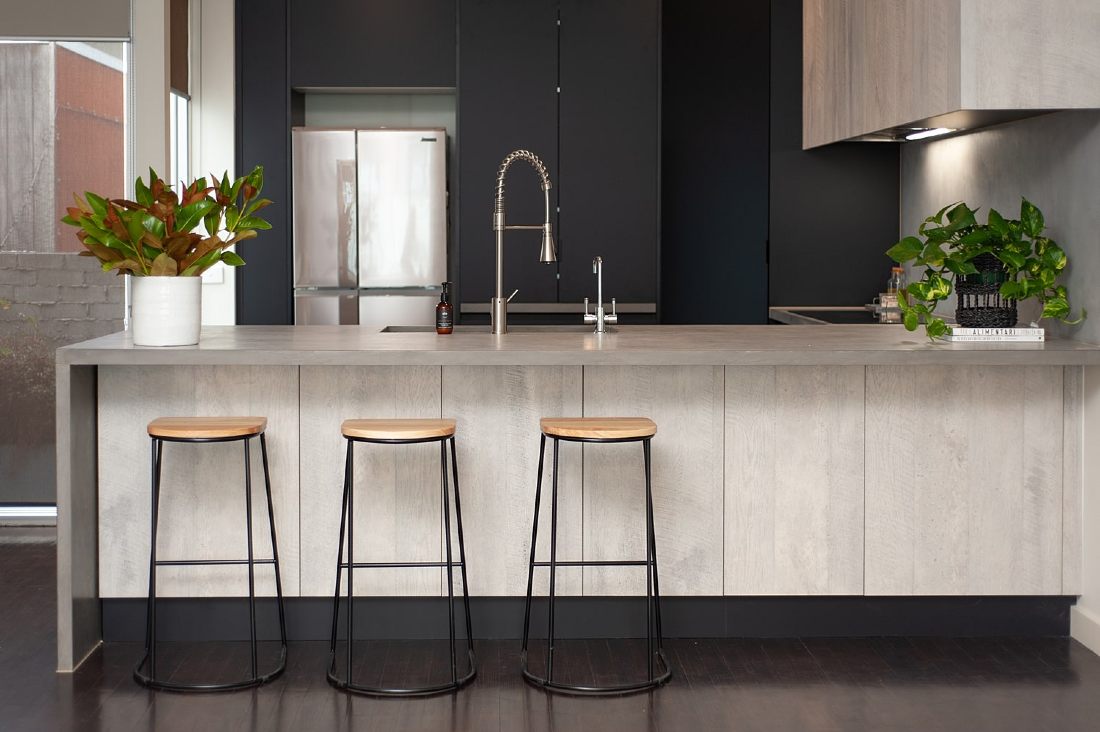
The first thing you need to do is turn off the power supply. You can do this by turning off the switch on the wall, or by removing the insert or cover on the existing light fixture. If the existing light comes with a voltage tester, you can check the current to make sure the wires are connected. Then, feed the new wire into the fixture. This is a relatively simple process, but it is important not to rush this step. Otherwise, the entire system can go bad or even be damaged.
Once you have located the right place for the motion sensor to be installed, the next step in the process is to connect it the existing light. An electrical box and a wire connecting the sensor to a light fixture are required. Also, you will need a wire to the light fixture as well as a neutral wire from within the house. Next, adjust the sensitivity to the desired level. Once you've adjusted the sensitivity of the sensor, you can turn it on and off.

Once you have determined the voltage and current required, the motion sensor can be attached to an existing light. The type of light fixture you choose and the wattage of your sensor will determine the wiring method you use. Before installing the sensor, ensure that the wiring and cords are weatherproofed. This will prevent you from an electrical accident.
Once you have identified which wires should be run to the sensor's sensors, you can then remove the switch from its wall. Before you install the sensor, you may need to trace the wires. This includes the black and neutral wires. You might also need the location of the grounding cable for the light fixture. If you're not sure, take a voltage detector with you to make sure they're properly connected.
Make sure that you have the correct wiring in place when replacing an older light fixture. Some fixtures don’t have a built in motion sensor. Be aware of the wiring if you are installing a new motion sensor. If you're installing a new one, be sure to follow the manufacturer's instructions.

Once you've chosen the right motion sensor for you, you will need to install it. You can follow the instructions provided by the manufacturer, or you can follow the steps in your manual. If you want to replace an outdoor lighting fixture, you need first to take out the existing light source and remove the insert. Once you've completed this, you can wire your new fixture. A motion sensor is a cost-effective way to add security to your home.
FAQ
Is it better for floors or walls to be done first?
The best way for any project to get started is to decide what you want. It is crucial to plan how you'll use the space, what people will use it for, and why. This will help you choose flooring or wallcoverings.
If you have decided that you want to create an open plan kitchen/living area then you may choose to install flooring first. You could also consider wall coverings for privacy if this is the space you are looking to create.
What Does it Cost to Renovate Your House?
The cost of renovations depends on what material is used, the size of project and how complicated the job is. Certain materials, such as wood, require special tools like drills and saws. Others like steel don't. The price of renovations will depend on whether you need your contractor to do everything or if the work is done by you.
The average cost of home improvement projects ranges from $1,000 to $10,000. The cost to hire professionals would be anywhere from $5,000 to $25,000. The total cost of hiring professionals could be anywhere from $5,000 to $25,000. If you choose to complete the task yourself, it could run up to $100,000.
It is important that you are aware of the many factors that affect the final price of renovations. You should consider the material used, such as brick vs concrete. They include the type of material used (e.g., brick vs. concrete), the size and number of workers involved, as well as the length of each project. These factors must be taken into consideration when estimating the cost of renovation.
How much does it set you back to renovate your house?
Renovations typically cost anywhere from $5,000 to $50,000. Renovations typically cost homeowners between $10,000 and $20,000
Statistics
- The average fixed rate for a home-equity loan was recently 5.27%, and the average variable rate for a HELOC was 5.49%, according to Bankrate.com. (kiplinger.com)
- ‘The potential added value of a loft conversion, which could create an extra bedroom and ensuite, could be as much as 20 per cent and 15 per cent for a garage conversion.' (realhomes.com)
- On jumbo loans of more than $636,150, you'll be able to borrow up to 80% of the home's completed value. (kiplinger.com)
- A final payment of, say, 5% to 10% will be due when the space is livable and usable (your contract probably will say "substantial completion"). (kiplinger.com)
- They'll usually lend up to 90% of your home's "as-completed" value, but no more than $424,100 in most locales or $636,150 in high-cost areas. (kiplinger.com)
External Links
How To
5 Things You MUST Know Before Starting Your Home Renovation
-
Do you really want this? - If you're going to start a major home improvement project like renovating your kitchen, bathroom or even building a new house, there's no doubt that you'll need some help along the way. But if you don't feel confident enough to tackle such a large task alone, then you might want to reconsider doing so. It can take up your time and cost you money. You won't reap the benefits. Instead, why not hire someone who knows what they're doing to help out? They'll save you a lot of hassle and stress, and you'll still end up with a beautiful space to live in.
-
What amount should I spend on a renovation project? - This one might seem obvious, but spending too much on a renovation project could actually make matters worse. Because you will likely end up paying most of the costs back at the conclusion of the day. You should stick to your budget, even if it's a tight one. You could wind up spending a lot and not getting any return.
-
Do I hire professionals or do I need to DIY? - There's no right or wrong answer here, but we'd recommend hiring professional tradespeople if you can afford them. Their advice will be invaluable in helping you decide how to proceed. They will install the plumbing correctly, take care of safety, and offer a guarantee after they have finished their work. DIY projects can be frustrating because they require a lot more trial and error. This means that you will have to learn many lessons from the experience. Additionally, you will have to deal all manner of problems that can arise along the way.
-
How much can I afford it? - Don't underestimate the cost of a renovation project. Even if your budget is tight, you may need to borrow money to cover costs. And if you're planning to sell your current property soon after completing the renovations, you'll definitely need to factor in the price of selling it into your calculations.
-
How do I begin? There is no right or wrong place to begin when it comes to starting. We suggest you choose something you like to do. That way, you'll be motivated to keep going, and you'll be less likely to procrastinate. Avoid areas that require constant maintenance. For instance, you shouldn't attempt to redecorate your living room if you're constantly dealing with dust and dirt.